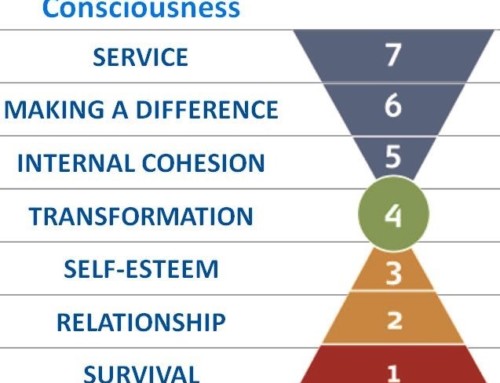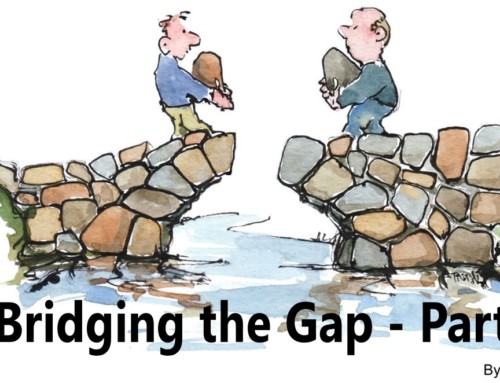Leadership has many definitions.
At Leadership Beyond Limits, we subscribe to the efficacy of transformational leadership as presented by Bass and Avolio (1994). This leadership definition implies that leaders lead followers to levels of higher morals. In addition, transformational leadership implies that the followers are better off with the four I’s of:
1. Idealized influence – does the right thing for the right reason
2. Individualized consideration – treats each person as an individual and with care and compassion
3. Intellectual stimulation – offers employees stretch goals and encourages creativity and innovation
4. Inspirational motivation – lives from his/her values and inspires employees to build on the vision
I recently came across an excellent scholarly article that painstakingly researched the various definitions of leadership.
The authors identified 92 discrete dimensions of leadership, along with a 93rd miscellaneous list of 20 more leadership characteristics. The authors believe that researchers, scholars, consultants, and leaders have helped create confusion around the definition of leadership in that we have examined the parts of leadership but not the whole. They draw on the story of the blind men describing the elephant and the different accurate descriptions that each blind man gave, yet each was insufficient to understand the whole.
The article is definitely worthwhile if you haven’t yet read it, you can find it here:
http://www.regentuniversity.org/acad/global/publications/ijls/new/vol1iss2/winston_patterson.doc/winston_patterson.pdf
If you find that interesting, you will likely also appreciate their longer working paper, which includes the above analysis, along with a more in-depth discussion of servant leadership:
http://www.regent.edu/acad/global/publications/working/integrativedefinition.pdf
I admire the authors effort at creating an integrative definition of leadership, and appreciate their metaphor that reminds us that leadership is a large, complex animal.






Leave A Comment
You must be logged in to post a comment.